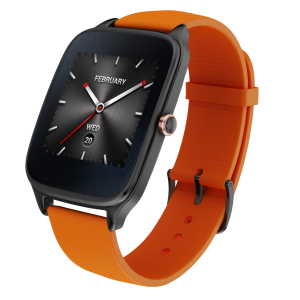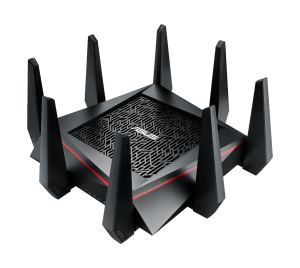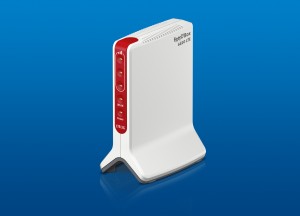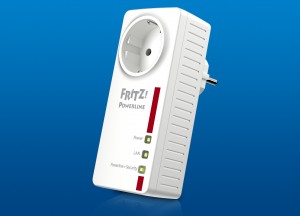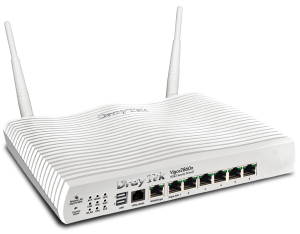Telstra steps to the fore with a 3-WAN carrier-supplied router
Articles

Telstra Gateway Frontier 4G/VDSL2/Ethernet modem router – ready for instant Internet or to provide failover service for the Internet Of Things
Telstra’s Gateway Frontier Modem Gives You A 4G Backup For Your ADSL Or NBN | Gizmodo
From the horse’s mouth
Telstra
Gateway Frontier (Product Page)
My Comments
Previously, I have written up an article about trends affecting carrier-supplied modem routers that customers receive when they sign up for Internet service but don’t order a “wires-only” or “BYO modem” deal.
One of the trends I was calling out was for a router to be equipped with an integrated mobile broadband modem along with a DSL modem and/or Ethernet connection as its WAN (Internet) connection options. The use cases for this include the ability to provide wireless “instant Internet” to subscribers while the wired connection is being established at their premises. But other use cases include a fail-over setup should the wired Internet connection fail or be in the process of being overhauled, to provide an increased “fat-pipe” for broadband connection or as a quality-of-service measure by redirecting particular traffic like emails or Web browsing to a slower path while video streaming or downloading goes the quicker path.
The wireless fail-over connection will have a strong appeal to households with building-security, personal-safety, medical-monitoring or similar technology that connects to a monitoring facility via the home network and Internet. Here, if the wired connection dies due to old and decrepit telephony infrastructure, there is the ability to maintain this essential link using the wireless link. This can extend to small businesses who need the Internet connectivity to be able to continue to trade.
I thought it would take a long time for this kind of equipment to show up as real consumer products but I had seen Telstra’s latest modem router on display at one of their shops in an outer-suburban shopping centre. I looked at some further details about this modem router and noticed that this device, the Gateway Frontier, was also equipped with a 4G mobile-broadband modem.
This device has a triple-WAN approach with the 4G mobile-broadband modem, ADSL2/VDSL2 modem and a separate Ethernet connection. This is intended to support the use of different NBN connection types – the VDSL2-based “fibre-to-the-node” or “fibre-to-the-curb” connections; or the fixed-wireless broadband, fibre-to-the-premises or HFC coaxial connections which rely on an external modem or ONT that uses an Ethernet connection to the router.
Personally, I would like to see the VDSL2 modem be a “software modem” that can be field-programmed to be a G.Fast modem for NBN FTTC (FTTdp) and FTTB deployments that implement G.Fast technology. This is in conjunction to the 4G mobile-broadband modem being able to become a femtocell to boost mobile-phone coverage in the modem-router’s operating area if you are using fixed broadband along with a continual software-maintenance approach for security, performance and stability.
This is a full “home-network” device with four Gigabit Ethernet connections along with an 802.11g/n/ac 4-stream dual-band Wi-Fi wireless network. It even supports NFC-based WPS connection that allows “touch-and-go” network enrolment for your NFC-equipped Android or Windows phone. This is in addition to push-button-based WPS setup that benefits open-frame computing devices that honour this function.
There is support for bandwidth sharing using the Telstra Air bandwidth-sharing platform along with support for the T-Voice VoIP “virtual cordless phone” function on your mobile phone. But this only works on a fixed-broadband (DSL / Ethernet) connection, and the mobile-broadband service is limited to a 6Mbps download and 1Mbps upload.
For a carrier-supplied consumer customer-premises-equipment router, the Telstra Gateway Frontier modem router, like the BT Smart Hub modem router that has Wi-Fi performance that is “beyond ordinary”, is showing that carriers can provide first-class equipment with up-to-date requirements rather than a piece of second-rate equipment they have to supply.



